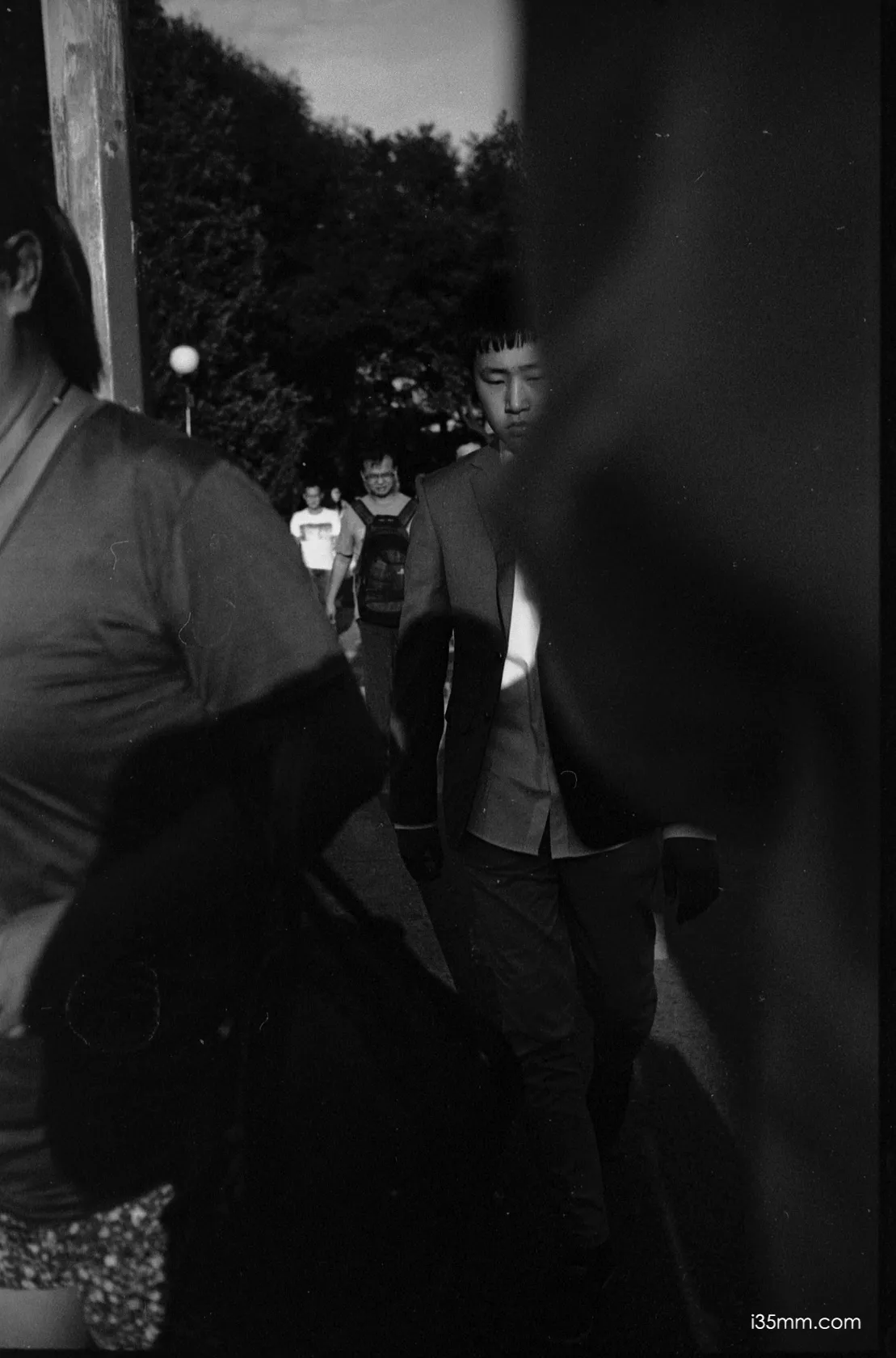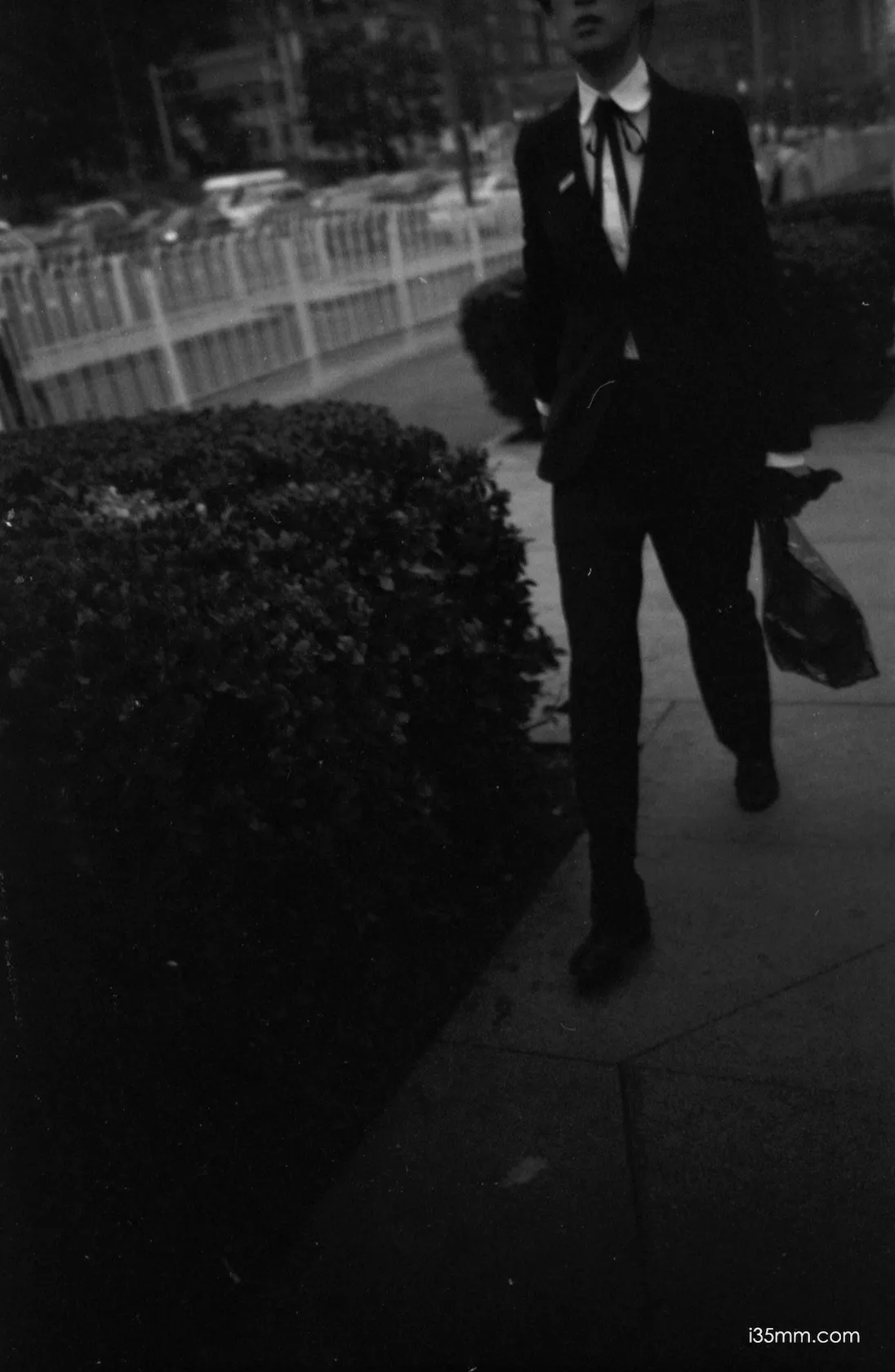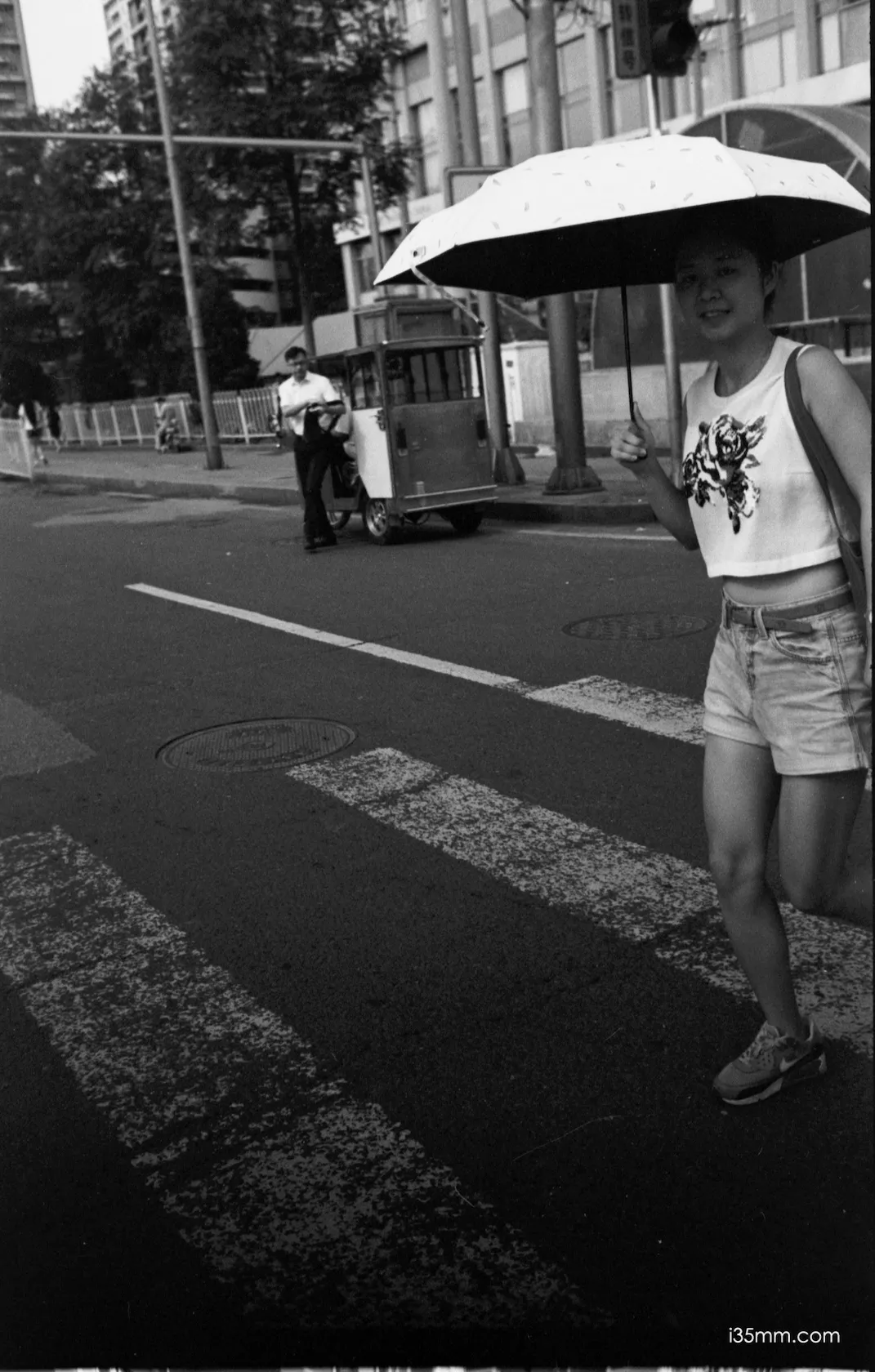Out of focus, film photography

Negatives don’t need glitz and glamor, just pure sunlight. I don’t discard out-of-focus photos, especially physical film, and digital blurry photos I tend to delete. Out-of-focus film gives you a hazy feeling with a palpable graininess. This realism is something that digital photography can’t give you.







